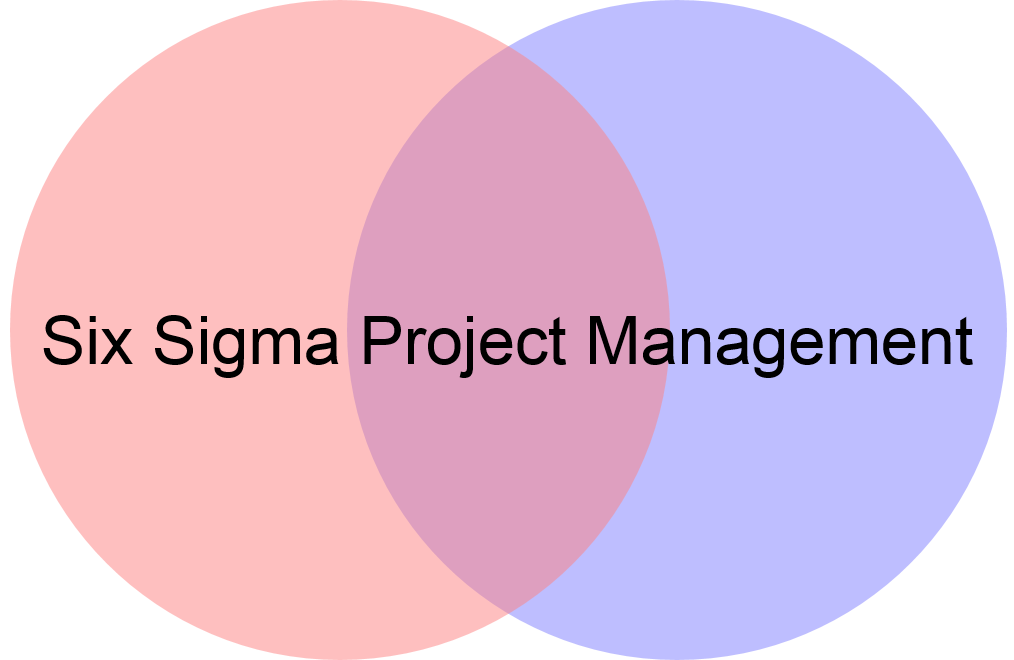Six Sigma projects are different from traditional projects in one important aspect – the solution or the path to success is unknown at the start. In contrast, building a new house, for example, is typically a project with a known path. Its time, budget, and resources can be planned with reasonable accuracy. While there is still uncertainty, many risk factors are known and can be managed.
A true Six Sigma project attempts to address a new or long-lasting problem that no one knows the real cause or has a clear solution for. If the cause or solution is known, it is not a Six Sigma project – Just do it. This uncertainty obviously makes some people less willing to initiate a Six Sigma project and/or can lead to unsuccessful projects. In many ways, a Six Sigma project is similar to a high-risk R&D project.
How can we manage Six Sigma projects more effectively?
Assuming that the project is the right one for the organization and receives adequate resources and support, consider the following to reduce project delays and pitfalls. (If the assumptions are not true, see my earlier post “The First Six Sigma Project” for discussion on some common Six Sigma deployment issues first.)
Train Project Management (PM) Skills
Many newly trained Black Belts (BBs) and Green Belts (GBs) lack sufficient project management skills. Few received formal PM training, and their previous jobs did not require them to lead cross-functional teams. A minimum of 2 days of PM fundamentals should be provided as a part of Six Sigma training or a separate program. If the total training budget or days are limited, some more advanced or less frequently used Six Sigma contents (such as statistical tools) should be removed to accommodate the PM need.
Having the basic PM knowledge is necessary for project success. Particularly important, the BB/GB should be clear of their role as a project manager relative to the others in the organization. The PM skills and experience will benefit the organization beyond the Six Sigma projects. (See my earlier post “Project Managers are Managers” for suggestions for new project managers.)
Apply Multi-generational Project Planning
Many project issues are a result of an overly large scope. A Six Sigma project is already high risk without trying to solve too many problems at the same time. Both the sponsors and BB/GBs tend to be overambitious and include multiple related metrics in the goal, which leads to diluted efforts and project delays. If the project lasts more than 5-6 months, it is likely the original business case, assumptions, or metrics will no longer be true before they complete the solution due to external circumstances. Often projects get cancelled before the benefits are achieved.
Instead, it is better to follow multi-generational project planning and break the goal into a series of smaller ones. For example, two six-month projects sequentially are better than one 12-month project using the same resources. Ideally, we follow the Pareto principle to achieve 80% of the goal in the first project and then the remaining in the second one. In many cases, the second project becomes unnecessary because the business environment has changed by the time we finish the first. This approach is similar to the Lean and Agile principles used in product development to manage uncertainty.
Use DMAIC Tollgates Properly
Most Six Sigma projects follow the DMAIC methodology, that has a tollgate for each of the Define, Measure, Analyze, Improve, and Control phases. Many organizations have a list of required and recommended deliverables for each phase and check them at the tollgate review. Unfortunately, many sponsors and even coaches do not understand why and when a deliverable is required for a particular phase; their insistence on completing the deliverable before the tollgate can cause confusion and project delays.
Too often organizations make the mistake of using a tollgate to evaluate if the BB/GB has done a good job following the DMAIC methodology. The primary purpose of a tollgate should be to help the sponsor make the right and timely decisions, such as stopping the project or providing resources. The tollgates should not be the only times when such decisions are made; many inexperienced project managers make the mistake of delaying decisions until the tollgates. Organizations can avoid such mistakes by setting the right expectations upfront for the tollgates and decision process for all projects.
In summary, to manage the inherent risks in Six Sigma projects, the sponsor and the BB/GB have to be proactive and methodical in planning and execution. DMAIC should be rigorous, not rigid.


1 comment
Comments are closed.